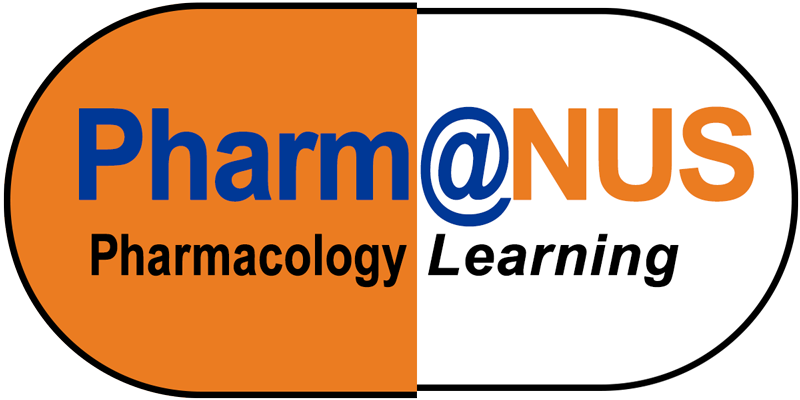Bismuth compounds would aid peptic ulcer disease and acute diarrhoea. But bismuth subsalicylate inhibits prostaglandin production, and prostaglandins are cytoprotective, so wouldn’t the inhibition of prostaglandins lead to more mucosal damage?
Both subcitrate and subsalicylate bismuth salts (and also subgallate and subnitrate salts) are used.
Theoretically, the subsalicylate is better for diarrhoea because the salicylate additionally acts as an NSAID to reduce inflammation and reduce prostaglandin-mediated activation of chloride channels reducing chloride and hence water in the lumen of the bowel (the opposite effect to lubiprostone).
Meanwhile, theoretically, the subsalicylate is worse for peptic ulcer as it is hydrolyzed to salicylic acid, which will act as a COX inhibitor preventing the production of the prostaglandins. The prostaglandins have protective actions in the stomach, increasing mucosal blood flow, increasing mucus secretion, increasing bicarbonate secretion and, at high concentrations, reducing acid secretion.
In practice, both subsalicylate and non-subsalicylate bismuth compounds are used clinically for both gastric acid-related disease and diarrhoea, and there is no clear evidence of a difference. However, there have not been large, well-designed clinical trials to compare them directly.
